Trace of Flying Tigers 1: Origin of the name
Editor’s note
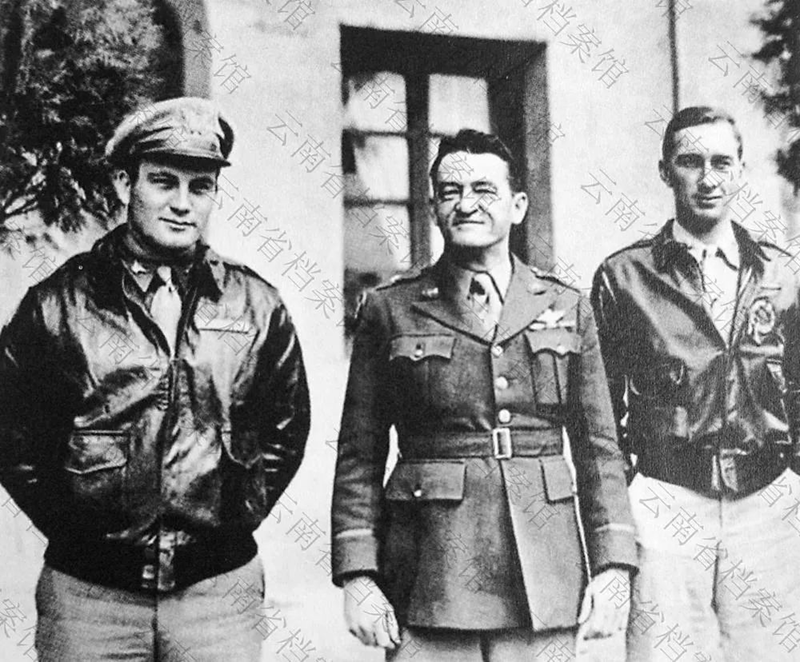
Flying Tigers is an honorary name to the American Volunteer Group (AVG) of the Chinese Air Force, as well as to the successive US Air Task Force in China, the 14th Air Force of the United States Army, the Hump Air Transport Command, China National Aviation Corporation and the Chinese American Composite Wing. All led by U.S. General Claire Lee Chennault, the organizations were in function from July 1941 to August 1945.
The Flying Tigers is historically bonded with Yunnan. From 1941 when Chennault was invited to Yunnan to form the AVG to the recent visit by the Flying Tigers veterans in early November 2023, Yunnan has witnessed the friendly exchanges and cooperation between China and the US for more than 80 years.
The healthy and stable development of China-US relations in the new era requires the participation and support of "a new generation of Flying Tigers". To carry forward the spirit of the Flying Tigers, we have some special Flying Tigers stories for our readers.
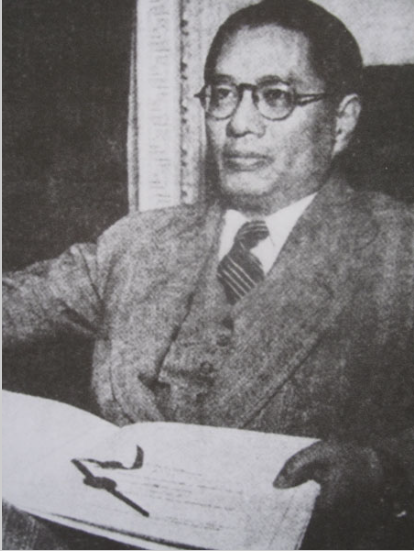
Trace of Flying Tigers 1: Origin of the name
There is a Chinese idiom “adding wings to the tiger”, which means redoubling the might. When founding the AVG, Song Ziwen, a then senior Chinese official, suggested a flying tiger as its symbol. “The tiger is a fierce beast, and when wings are added to it, it’ll be even fiercer,” said Song.
In early 1942, the China Defense Supplies, Inc. asked the Walt Disney Company to design an emblem for the AVG. The Chinese company was based in New York and chaired by Song Ziwen.
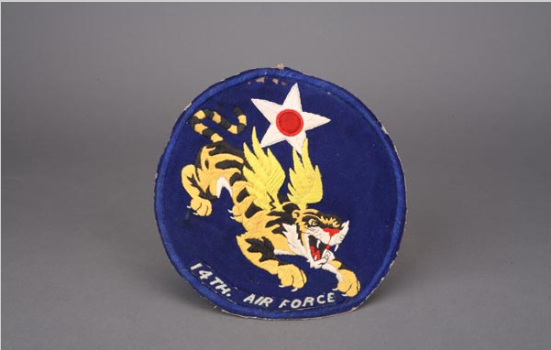
Roy Williams, a cartoonist working for Disney, suggested the design of “a tiger with wings flying over the letter V for victory”. And his idea was adopted.
Yet another well-known symbol of the Flying Tigers is the shark mouth on their planes. This is probably inspired by cover of the Illustrated Weekly of India, published on November 2, 1941.
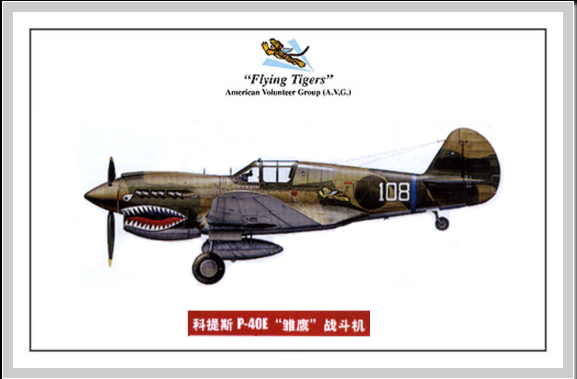
The original photo, taken in September of the same year, shows Flight Lieutenant Neville Bowker of the British Royal Air Force No. 112 Squadron fighting in North Africa.
In December 1941, ten Japanese bombers crossed the Yunnan-Vietnam border from Lao Cai, heading north for Kunming. General Chennault ordered the AVG fighters to shoot and intercept them. The volunteers’ first battle, a 9-0 victory, excited all folks in Kunming.
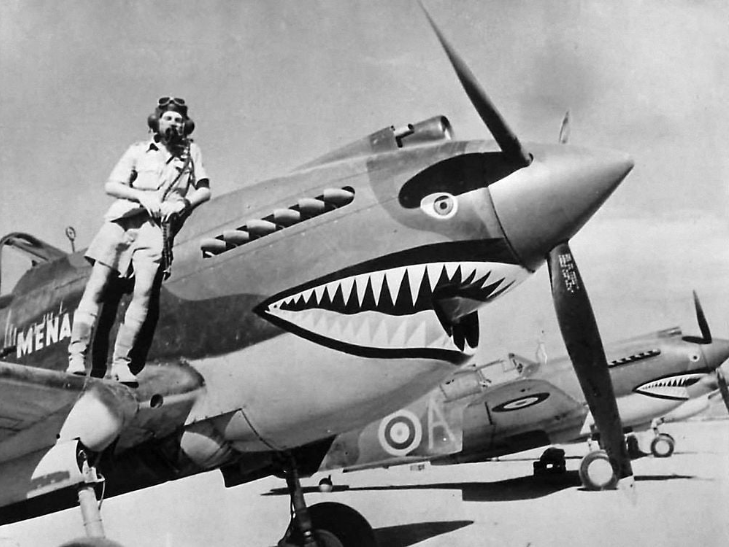
When the Chinese and American media reported on the AVG’s victory, the term of “Flying Tigers” was widely used, making the Flying Tigers a household name.
Some explained that the term “Flying Tigers” was used in media reports because the sharks on the head of the aircrafts were mistaken for tigers by locals. After all, most Chinese folks were not familiar with sharks back then.
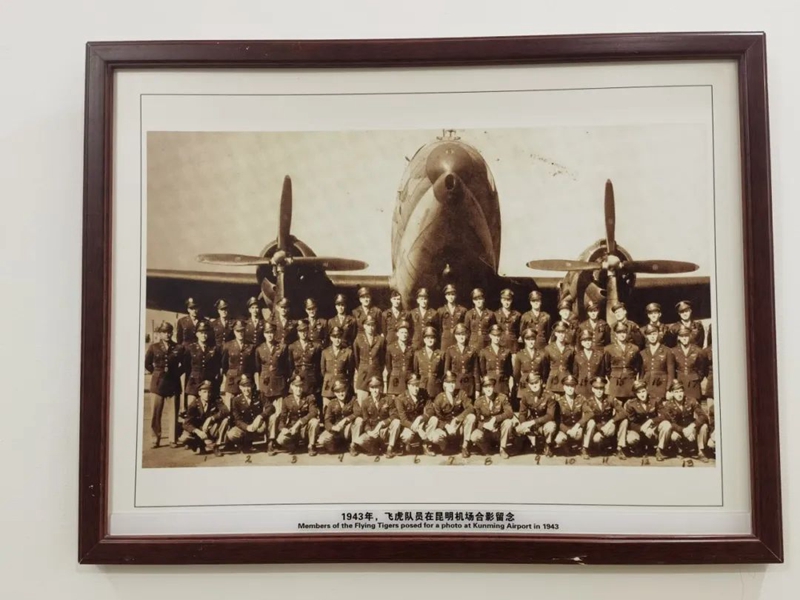
Anyway, it was wise to paint a shark on the aircrafts. Since then, the winged-tiger emblem and the shark-headed war plane have terrorized the Japanese fascists and made the Flying Tigers famous throughout the world.
By YICC reporters








